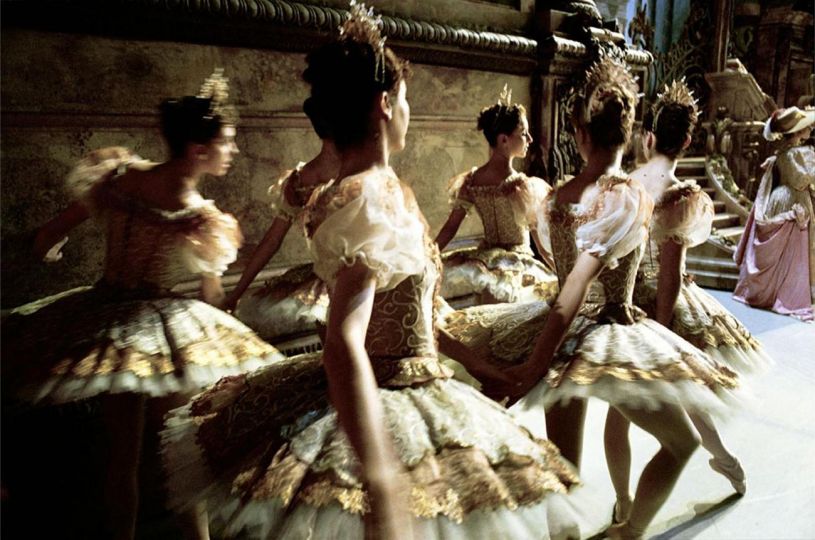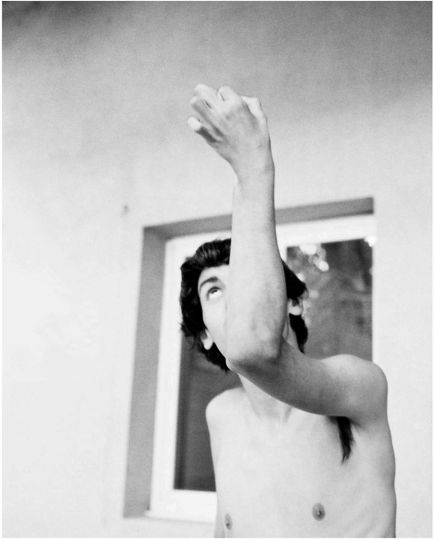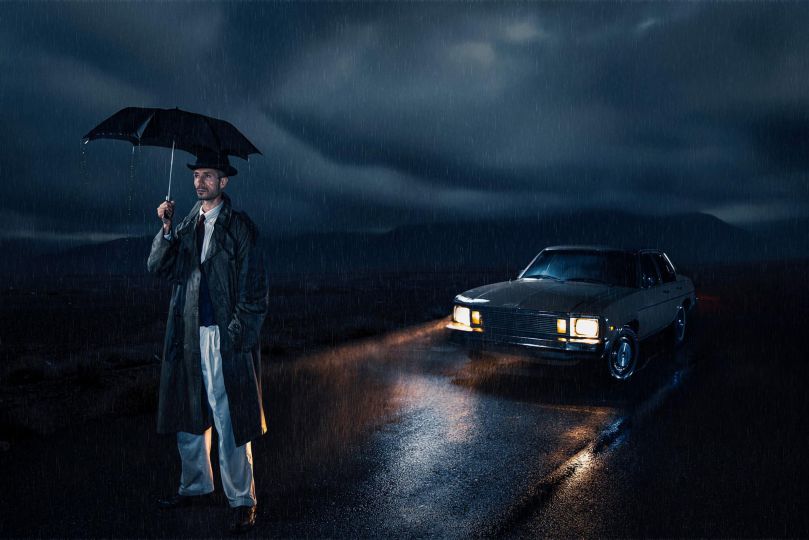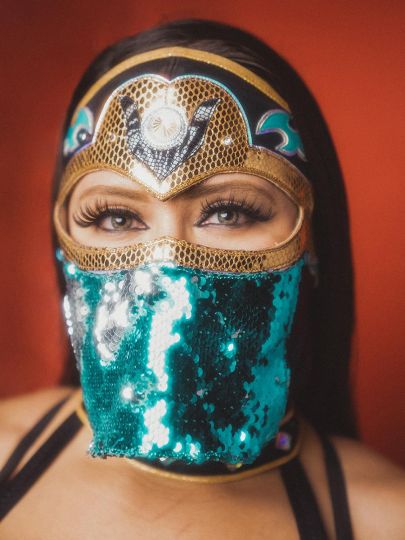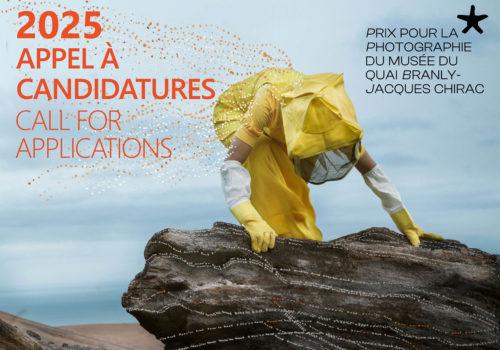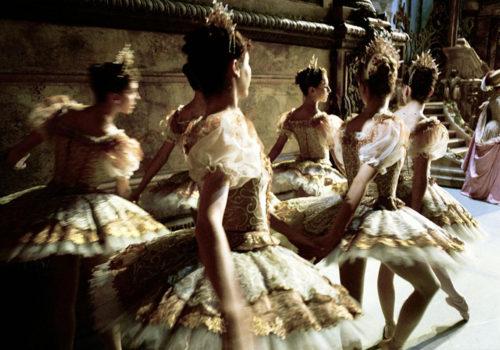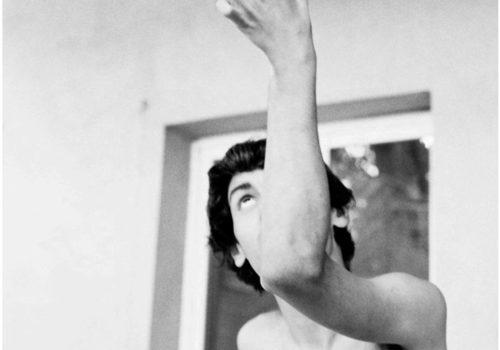“In the meantime, we can say: everything that works for the development of culture also works against the war.” – Sigmund Freud, 1932
To illustrate the aesthetic upheavals in France between 1925 and 1935 is a challenge as the references are numerous and varied. Photography is still for a very little while in black and white but the snapshot installs a taste for movement, and what it captures actually explodes in colors. 1925-1935 is a decade where the intoxication of the feast mingles with the anxiety of the future: ten years suspended, magical, overwhelming in their fragility and their inventiveness.
After the First World War and before the Second, the rise of the Popular Front election is marked by the euphoria of a conflict left behind and a democratization of a society where everyone hoped to benefit from the changes underway. The stylistic revolutions of a time when the all the arts worked together to materialise the transition: be it the press, literature, fashion, music, theater, dance, all the ways of saying and changing, and that time gave a large space to photography as a witness of its upheavals.
A new paper world unfolded: Newspaper publishers are becomie art publishers, industries published sumptuous magazines. Printers used their modern machines and new printing techniques to show works of artists, illustrators and photographers. After the medley of nineteenth-century publications, the press is reinventing itself with figures such as Lucien Vogel, Alexey Brodovitch, Florent Fels, Michel de Brunhoff and Jean Prouvost.
Gaston Gallimard, Roger Tolmer … up to Diana Vreeland who met Chanel for the first time in Paris in 1926.
Writers are put to use, using and abusing pseudonyms to publish serious reports on the world as it goes, as well as romances, even comment on tabloid journalism.
The composition of the pages is set up to catch the reader. The photographs are cropped, retouched most of the time but signed most often, valuing a real policy of author photography.
Between the International Exhibition of Decorative and Modern Industrial Arts in 1925 and the coming to power of the Popular Front, in the spring of 1936, France changed its face. The famous “French style” dear to Jean Cocteau is upset from the aesthetic and intellectual point of view. The Universal Exhibition of 1937 concludes this so-called golden parenthesis. It is accompanied, alas, by the rise of nationalism, sounding the end of a decade, which wanted to be forgetful and graceful, modern and chic and whose elegant and sober style lasted until the 1950s.
The exhibition was conceived from the collections kept in the Roger-Viollet collections [Albert Harlingue, Boris Lipnitzki, Maurice-Louis Branger, Laure Albin Guillot …] and the Nicéphore Niépce museum [Jean Moral, Marcel Arthaud, VU magazines, Voilà, Marie-Claire, Art and Medicine, L’Intran Match, Comoedia Illustré, L’Art Vivant …].
1925-1935, une décennie bouleversante
Until January 19
Musée Nicéphore Niépce
28 quai des messageries
71100 Chalon-sur-Saône
www.museeniepce.com



